Talladega National Forest
- February 13, 2024
- 0 comment
Hike, camp, fish & escape in Talladega National Forest, Alabama. Explore waterfalls, scenic drives, & diverse wildlife across 392,000 acres of adventure. Beyond the vibrant cities of Alabama, immerse yourself in the emerald embrace of Talladega National Forest.
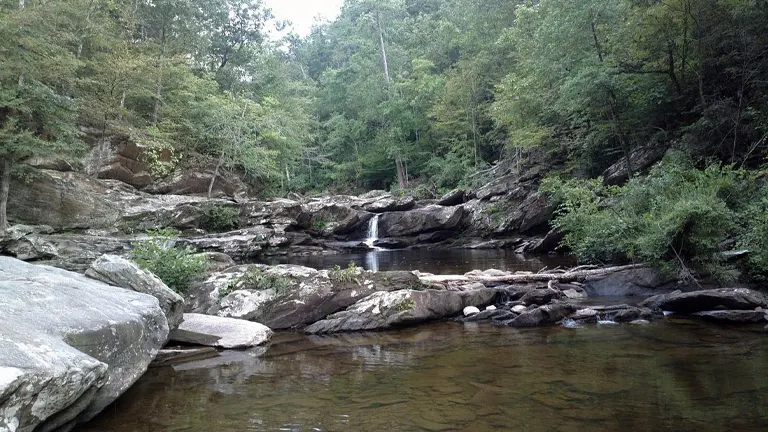
Spanning a captivating 392,000 acres, this haven for outdoor enthusiasts beckons with cascading waterfalls, winding trails, and diverse wildlife encounters. Lace up your hiking boots, cast a line, or pitch a tent under a canopy of stars – the adventure awaits in Talladega…
Characterizing Features of Talladega National Forest
- Vast Wilderness: Spanning over 392,567 acres, the Talladega National Forest is a sprawling expanse of wilderness in the Southern United States. It offers a haven for outdoor enthusiasts and nature lovers alike, featuring rugged hills, clear flowing streams, and diverse ecosystems.
- Mount Cheaha: The forest is home to Alabama’s highest point, Mount Cheaha, standing at 2,407 feet above sea level. This peak provides breathtaking panoramic views of the surrounding forest and is a popular destination for hikers and photographers.
- Recreational Opportunities: From hiking and mountain biking to camping and bird watching, Talladega National Forest offers a plethora of recreational activities. Its well-maintained trails, picnic areas, and scenic byways cater to all levels of outdoor adventurers.
History of Talladega National Forest
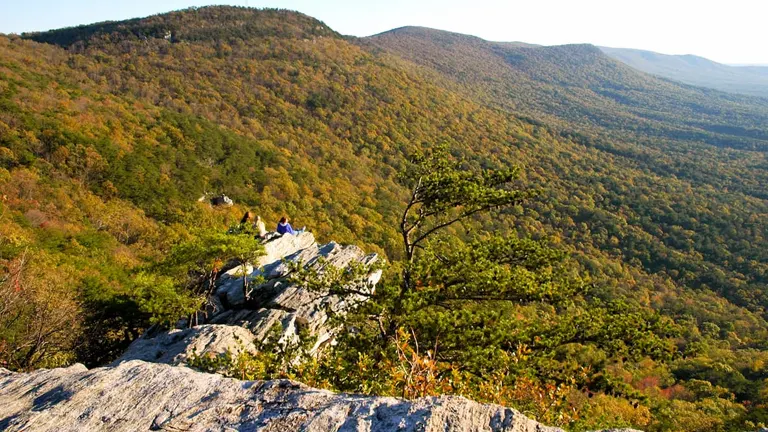
The history of Talladega National Forest is as rich and diverse as its ecosystem. Established in 1936 by the U.S. government, the forest was part of a broader effort to restore land degraded by deforestation, overgrazing, and poor agricultural practices during the early 20th century. Through the Civilian Conservation Corps and other New Deal programs, vast tracts of eroded and barren land were rehabilitated into the lush, vibrant forest we see today. This transformation underscores the forest’s resilience and highlights the importance of conservation efforts in preserving natural landscapes for future generations.
Unique Ecosystem of Talladega National Forest
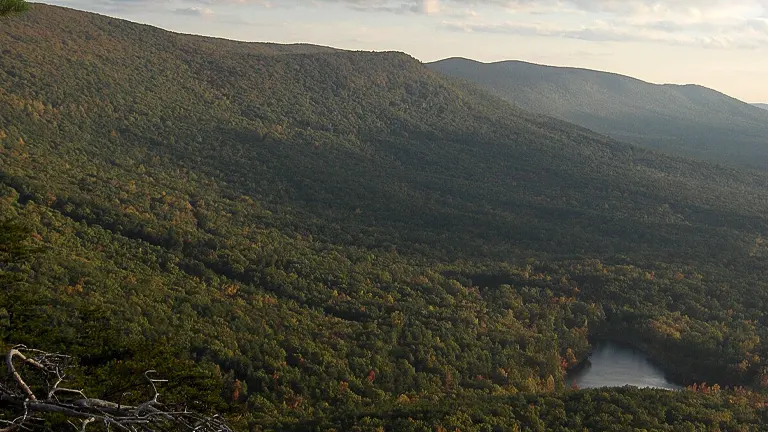
Talladega National Forest boasts a unique ecosystem that supports a wide range of flora and fauna. The forest’s diverse habitats, from hardwood forests to mountain streams, create a mosaic of ecological niches. This biodiversity hotspot is a critical area for research and education on sustainable forest management and conservation practices. The unique combination of geographical features and climatic conditions has allowed for a remarkable variety of species to thrive, making it a living laboratory for ecologists and nature enthusiasts.
Location of Talladega National Forest
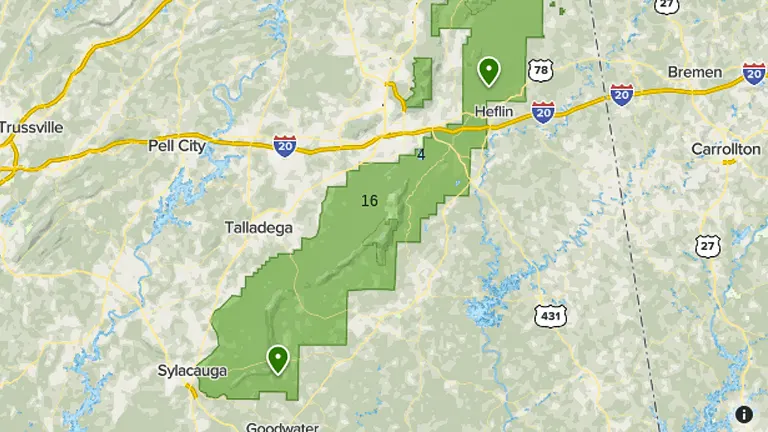
Located in the heart of Alabama, Talladega National Forest stretches across several counties, including Calhoun, Clay, Cleburne, Talladega, and Randolph. It is divided into three ranger districts: Oakmulgee to the southwest, Talladega to the south, and Shoal Creek to the north. This strategic location makes it easily accessible from major cities such as Birmingham and Montgomery, offering a quick escape to nature for urban dwellers.
Conservation and Recreation in Talladega National Forest
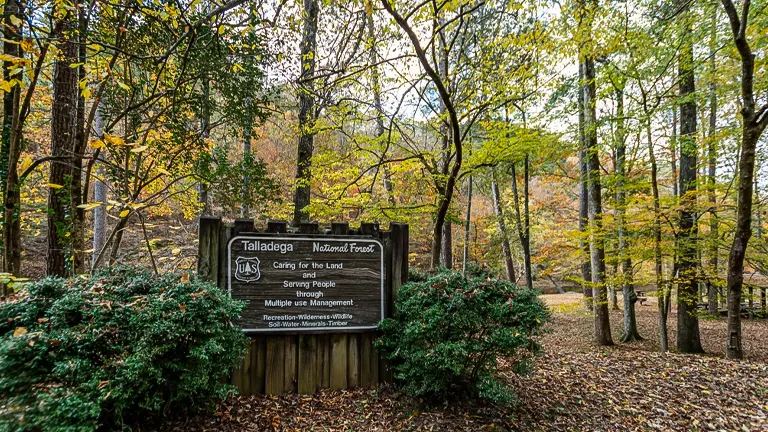
Conservation and recreation go hand in hand in Talladega National Forest. The forest serves as a crucial habitat for numerous species and plays a vital role in the local ecosystem, including water purification, soil stabilization, and carbon sequestration. Recreationally, it offers an accessible space for physical activity, mental rejuvenation, and educational opportunities. Balancing these aspects is key to ensuring the forest remains a sustainable resource for both wildlife and human visitors.
Diverse Vegetation and Plant Species in Talladega National Forest
- Longleaf Pine (Pinus palustris): Once covering vast areas of the Southeastern United States, the longleaf pine ecosystem is known for its biodiversity. Talladega National Forest participates in restoration efforts to preserve this critical habitat, which supports numerous species of wildlife and plants.
- Mountain Laurel (Kalmia latifolia): In spring, the forest floor is adorned with the pink and white blooms of mountain laurel, creating picturesque scenes along hiking trails and waterways.
- American Chestnut (Castanea dentata): Although devastated by the chestnut blight in the early 20th century, efforts are underway to reintroduce blight-resistant chestnut trees into Talladega, symbolizing hope and resilience in conservation.

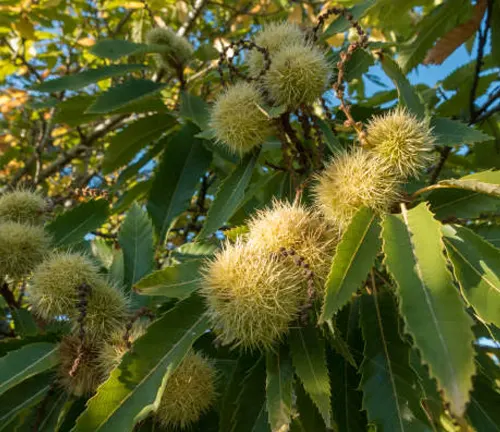
Fauna in Talladega National Forest
- Eastern Wild Turkey (Meleagris gallopavo silvestris): These majestic birds are commonly spotted in the forest’s open woodlands, where restoration projects have helped bolster their populations.
- Red-cockaded Woodpecker (Picoides borealis): An endangered species, the red-cockaded woodpecker relies on the old-growth pine forests of Talladega for nesting. Conservation efforts are crucial for their survival.
- White-tailed Deer (Odocoileus virginianus): A symbol of the American wilderness, white-tailed deer are abundant in the forest, often seen at dawn or dusk grazing in the meadows.
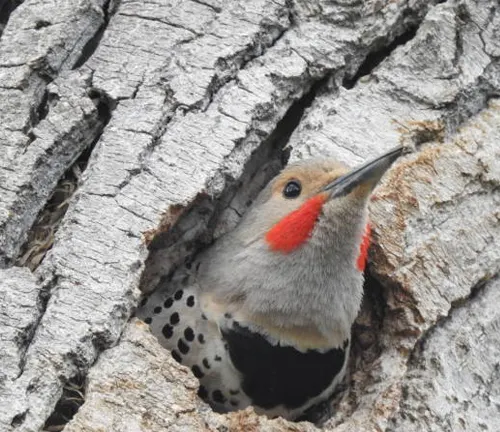

Attractions in Talladega National Forest
Cheaha State Park: Nestled within the bounds of Talladega National Forest, Cheaha State Park stands as the pinnacle of natural beauty in Alabama, boasting the state’s highest point, Mount Cheaha. The park offers breathtaking panoramic views that stretch for miles, encompassing the lush, green expanse of the surrounding forest. It’s a haven for hikers, campers, and anyone looking to soak in the serene beauty of nature. Facilities include a lodge, cabins, campgrounds, and scenic overlooks, making it an ideal destination for both day trips and extended stays.
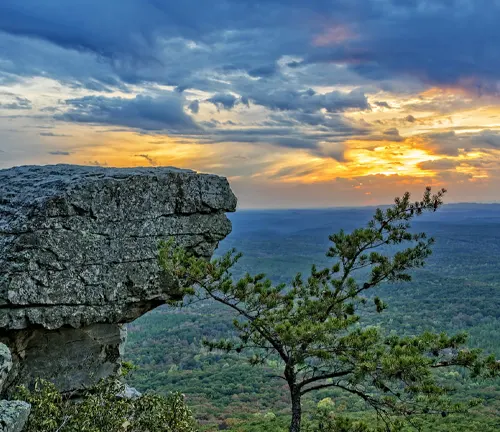

Pinhoti Trail: As part of the Southern Appalachian Mountain Range, the Pinhoti Trail extends through Talladega National Forest, offering over 100 miles of pathway within Alabama alone. This long-distance trail connects with the Appalachian Trail to the north, serving as a crucial link in the eastern United States’ extensive hiking network. The trail traverses a variety of landscapes, including dense forests, mountain ridges, and pristine streams, providing hikers with a challenging yet rewarding experience. It’s a perfect choice for those looking to embark on multi-day hikes or short, scenic walks.
Skyway Motorway: Offering a less strenuous way to enjoy the forest’s beauty, the Skyway Motorway is a scenic drive that winds through the heart of Talladega National Forest. This route offers drivers and their passengers the opportunity to view spectacular landscapes from the comfort of their vehicle, with several pull-offs and picnic areas along the way. The drive is especially popular in the fall when the forest’s foliage transforms into a vibrant display of autumn colors.
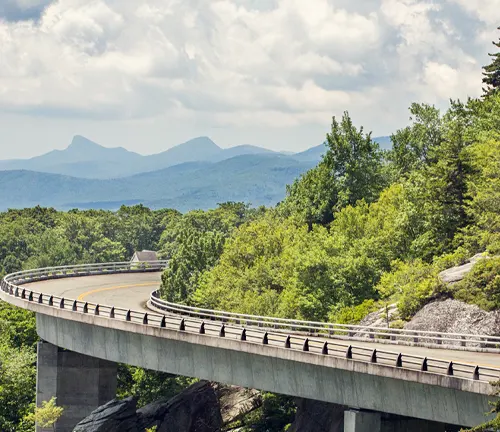

Dugger Mountain Wilderness: As one of the highest peaks in Alabama, Dugger Mountain is part of a designated wilderness area within the Talladega National Forest. This area is a prime example of untouched wilderness, offering a sanctuary for wildlife and a quiet retreat for visitors. Hiking in Dugger Mountain Wilderness means trekking through diverse habitats, from hardwood forests to rocky outcrops, all while enjoying the peace and tranquility of one of the state’s most pristine environments.
Sylaward Trail at Lake Howard: For those who enjoy mountain biking and leisurely lakeside walks, the Sylaward Trail at Lake Howard is a must-visit. This multi-use trail spans approximately 15 miles, winding around the serene Lake Howard. It’s a fantastic option for families and individuals looking for a moderate outdoor activity that showcases the beauty of the forest and provides ample opportunities for wildlife viewing and fishing.
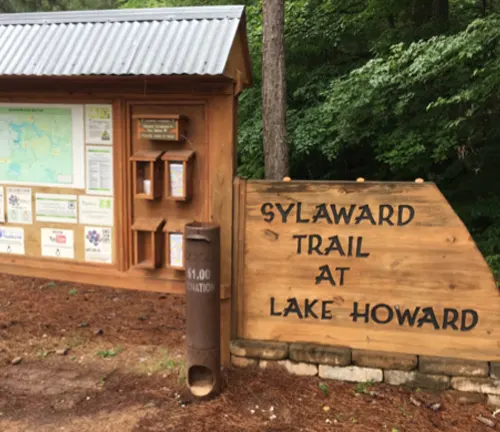
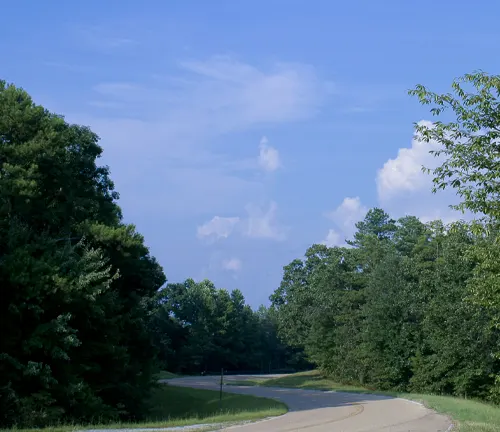
The Talladega Scenic Drive: This designated National Scenic Byway stretches for 26 miles along the crest of the Talladega Mountains, offering drivers and cyclists alike a chance to experience the majestic beauty of the forest. With numerous overlooks along the route, visitors can stop to take in the stunning vistas of the Alabama landscape. It’s a particularly popular attraction during the fall, when the changing leaves create a tapestry of color that is simply breathtaking.
Recreational Activities in Talladega National Forest
- Hiking: With over 200 miles of trails, including parts of the renowned Pinhoti Trail, hikers can explore diverse landscapes, from rugged mountain peaks to serene forest paths. These trails offer a range of difficulties, providing options for casual walkers and seasoned backpackers alike. Hiking in Talladega National Forest is a fantastic way to observe the forest’s rich biodiversity and experience the tranquility of nature.
- Camping: Whether you prefer developed campgrounds with amenities or the solitude of backcountry sites, Talladega National Forest has a spot for you. Camping allows visitors to immerse themselves in the forest’s natural beauty overnight, under the starlit sky. It’s an excellent opportunity for families and friends to bond and for individuals to find peace away from the hustle and bustle of city life.
- Mountain Biking: Certain trails in the forest are open to mountain bikers, offering exhilarating rides through scenic landscapes. Biking is a great way to cover more ground than hiking and can provide a challenging workout or a leisurely ride, depending on the trail.
- Fishing: The forest’s streams and lakes are home to a variety of fish species, making it a popular destination for anglers. Fishing in Talladega National Forest is not only a peaceful way to spend the day but also offers a chance to learn about the local aquatic ecosystems and the importance of conserving these habitats.
- Bird Watching: With its diverse ecosystems, the forest is a haven for bird enthusiasts. From the majestic bald eagle to the tiny hummingbird, a wide range of bird species can be observed throughout the year. Bird watching encourages visitors to develop patience and a keen eye, and it’s a wonderful way to learn about the different species and their roles in the ecosystem.
- Photography: The stunning landscapes, diverse wildlife, and changing seasons make Talladega National Forest a photographer’s paradise. Photography not only captures the beauty of the forest for personal memories and sharing but also raises awareness of the importance of conserving such natural places.
- Picnicking: With numerous picnic areas scattered throughout the forest, families and groups can enjoy meals surrounded by nature. Picnicking is a simple yet delightful way to take a break and enjoy the forest’s serene beauty, offering a chance to relax and refuel during a day of exploration.
- Nature Study and Environmental Education: The forest provides a living classroom for all ages. Through guided tours, interpretive trails, and visitor center exhibits, visitors can learn about the forest’s ecosystems, wildlife, and conservation efforts. This educational aspect encourages a deeper appreciation of the natural world and the importance of protecting it for future generations.
- Engaging in these activities not onl
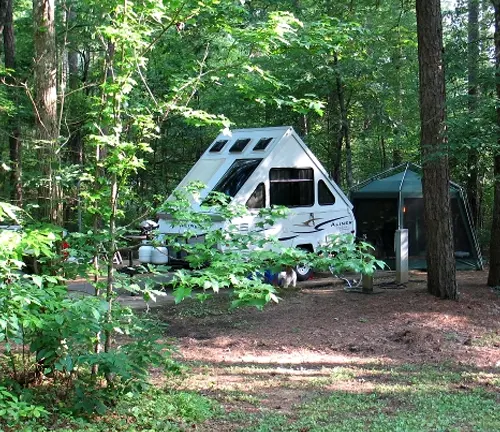
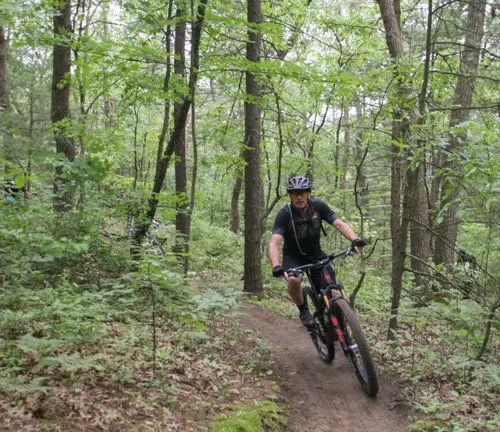
Different Facilities and Amenities in Talladega National Forest
- Campgrounds: The forest is equipped with several campgrounds, ranging from primitive sites for those seeking a more rugged outdoor experience to developed sites with amenities such as picnic tables, fire rings, and restroom facilities. These campgrounds provide a base for exploring the surrounding wilderness, whether you’re interested in hiking, wildlife watching, or simply enjoying a night under the stars.
- Picnic Areas: Scattered throughout the forest, picnic areas offer visitors a chance to relax and enjoy a meal amidst the natural beauty of Talladega. These areas are equipped with tables and, in some cases, grills, making them perfect for family outings, group gatherings, or a peaceful break during a day of exploration.
- Trails: With over 200 miles of trails, the forest caters to hikers, mountain bikers, and equestrians of all skill levels. Trails range from short, easy walks suitable for families with children to longer, more challenging hikes that lead to breathtaking vistas, secluded streams, and dense woodland areas. These trails are not only avenues for adventure but also pathways to learning about the forest’s diverse ecosystems and conservation efforts.
- Visitor Centers: The visitor centers in Talladega National Forest serve as educational hubs where guests can learn about the area’s history, ecology, and recreational opportunities. Staffed by knowledgeable rangers, these centers offer maps, brochures, and exhibits that provide valuable information to enhance your visit. Some centers also offer interpretive programs that delve deeper into the forest’s natural and cultural heritage.
- Scenic Drives: For those who prefer to take in the beauty of the forest from the comfort of their vehicle, scenic drives like the Talladega Scenic Drive offer stunning views of the Alabama landscape. These routes feature overlooks where travelers can stop to enjoy panoramic vistas, capture photographs, or simply marvel at the forest’s beauty. Scenic drives are a great way to experience the forest with minimal physical exertion while still appreciating its splendor.
- Fishing and Boating Access: The forest’s lakes and streams provide ample opportunities for fishing and boating. Designated access points and boat launches make it easy for anglers and boaters to enjoy the water. Whether you’re after a quiet day of fishing or a leisurely paddle on the lake, these facilities support a range of aquatic recreational activities.
- Hunting Zones: For hunters, Talladega National Forest offers designated hunting zones managed in cooperation with the Alabama Department of Conservation and Natural Resources. These areas provide a controlled environment for hunting deer, turkey, and other game in accordance with state regulations, supporting both recreation and wildlife management efforts.
- Interpretive Sites and Educational Programs: The forest features several interpretive sites and offers educational programs designed to engage visitors with the environment. Through guided walks, workshops, and interactive displays, guests can learn about the forest’s ecosystems, wildlife, and conservation challenges. These programs are aimed at fostering a deeper appreciation for the natural world and the importance of protecting it.
Tips and Advice for Visiting Talladega National Forest
- Plan Ahead and Prepare: Before visiting, research the specific areas of the forest you plan to explore. Check the weather forecast, park regulations, and any seasonal advisories. Knowing the conditions and rules can help you pack appropriately and avoid any unexpected challenges.
- Leave No Trace: Familiarize yourself with the Leave No Trace principles, which aim to minimize your impact on the natural environment. This includes packing out all your trash, staying on designated trails, and respecting wildlife and plant life. By following these guidelines, you contribute to the preservation of the forest for future visitors.
- Stay Safe: Safety should be your top priority. Always let someone know your itinerary and expected return time. Carry a map, compass, or GPS device, especially when venturing into remote areas. Be prepared for sudden weather changes by bringing appropriate clothing and gear.
- Respect Wildlife: Talladega National Forest is home to a diverse array of wildlife. Observe animals from a distance, do not feed them, and store food securely to avoid attracting wildlife to your campsite. Understanding and respecting the behavior of wildlife can prevent dangerous encounters and protect the natural balance of the forest.
- Camp Responsibly: If you plan to camp, choose designated sites or practice responsible backcountry camping. Keep campsites small, and avoid altering the site by moving rocks or vegetation. Use existing fire rings for campfires, and make sure all fires are completely extinguished before leaving.
- Conserve Water Resources: The forest’s streams and lakes are vital habitats and water sources. Use biodegradable soap and maintain a distance from water sources when washing yourself or dishes. This helps protect aquatic ecosystems and ensures clean water for all forest inhabitants.
- Be Prepared for Emergencies: Carry a basic first aid kit and know how to use it. Familiarize yourself with the symptoms of common outdoor ailments like dehydration, heat exhaustion, and hypothermia. Having a plan and the knowledge to handle emergencies can make a significant difference in the outcome of unexpected situations.
- Explore Responsibly: Whether you’re hiking, biking, or driving through the forest, stay mindful of your surroundings and impact. Stick to designated trails and roads to prevent erosion and habitat disturbance. Exploring responsibly helps preserve the forest’s natural beauty and accessibility for everyone.
- Participate in Educational Programs: Take advantage of ranger-led tours, workshops, and educational programs offered in the forest. These activities provide deeper insights into the forest’s ecosystems, history, and conservation efforts, enriching your visit with valuable knowledge and experiences.
- Support Conservation Efforts: Consider contributing to conservation initiatives or volunteering for trail maintenance and clean-up projects. Your support can help ensure that Talladega National Forest remains a vibrant and healthy environment for both wildlife and visitors.
Recommendation
For those looking to explore the natural beauty of the Southeast, Talladega National Forest is a must-visit. Whether you’re an avid hiker, a wildlife enthusiast, or simply seeking a peaceful retreat, the forest offers a diverse range of experiences that cater to all interests.
Conclusion
Talladega National Forest is not just a place of natural beauty and recreational opportunities; it’s a testament to the resilience of nature and the importance of conservation efforts. By visiting and respecting this magnificent landscape, we contribute to its preservation for future generations.
FAQs
- What activities can I do in Talladega National Forest?
Visitors can enjoy hiking, camping, mountain biking, bird watching, fishing, and scenic drives. There are also opportunities for photography and nature study due to the forest’s diverse ecosystems. - Is there an entrance fee for Talladega National Forest?
There is no entrance fee for the majority of Talladega National Forest. However, some campgrounds and recreation areas may charge a fee for use. - Can I bring my dog to Talladega National Forest?
Yes, dogs are allowed in the forest but must be kept on a leash at all times in developed recreation areas and on trails to ensure the safety of wildlife and other visitors. - Are there any cabin rentals available within the forest?
While the forest itself does not offer cabin rentals, there are cabins available for rent in Cheaha State Park, which is located within the boundaries of Talladega National Forest. - What is the difficulty level of the trails in Talladega National Forest?
The forest offers a wide range of trails from easy, family-friendly walks to more challenging hikes for experienced hikers. The Pinhoti Trail, for example, provides more strenuous hikes with elevation changes. - What should I do if I encounter wildlife while in the forest?
Keep a safe distance, do not feed the wildlife, and observe quietly without disturbing them. If you encounter a potentially dangerous animal, slowly back away without turning your back or running. - How can I help protect the forest during my visit?
Practice Leave No Trace principles by packing out all your trash, staying on designated trails to avoid harming plant life, and respecting wildlife and other visitors. - Are there any specific rules for campfires in Talladega National Forest?
Campfires are allowed but should be kept in designated fire rings in established campgrounds. Always check for any current fire restrictions before lighting a fire, and never leave a fire unattended. Make sure the fire is completely extinguished before leaving.
Talladega National Forest: Breathe in the fresh air, explore endless trails, and discover a hidden gem in the heart of Alabama. Your adventure awaits.


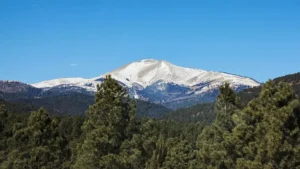
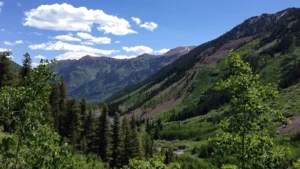

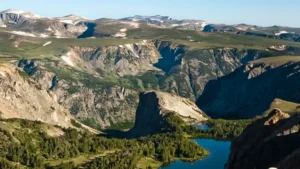
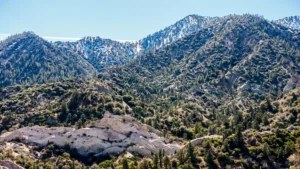

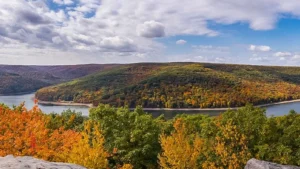
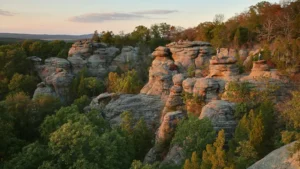
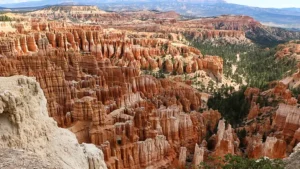

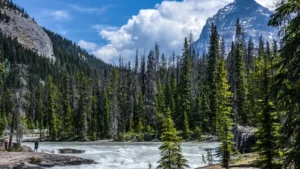

Leave your comment